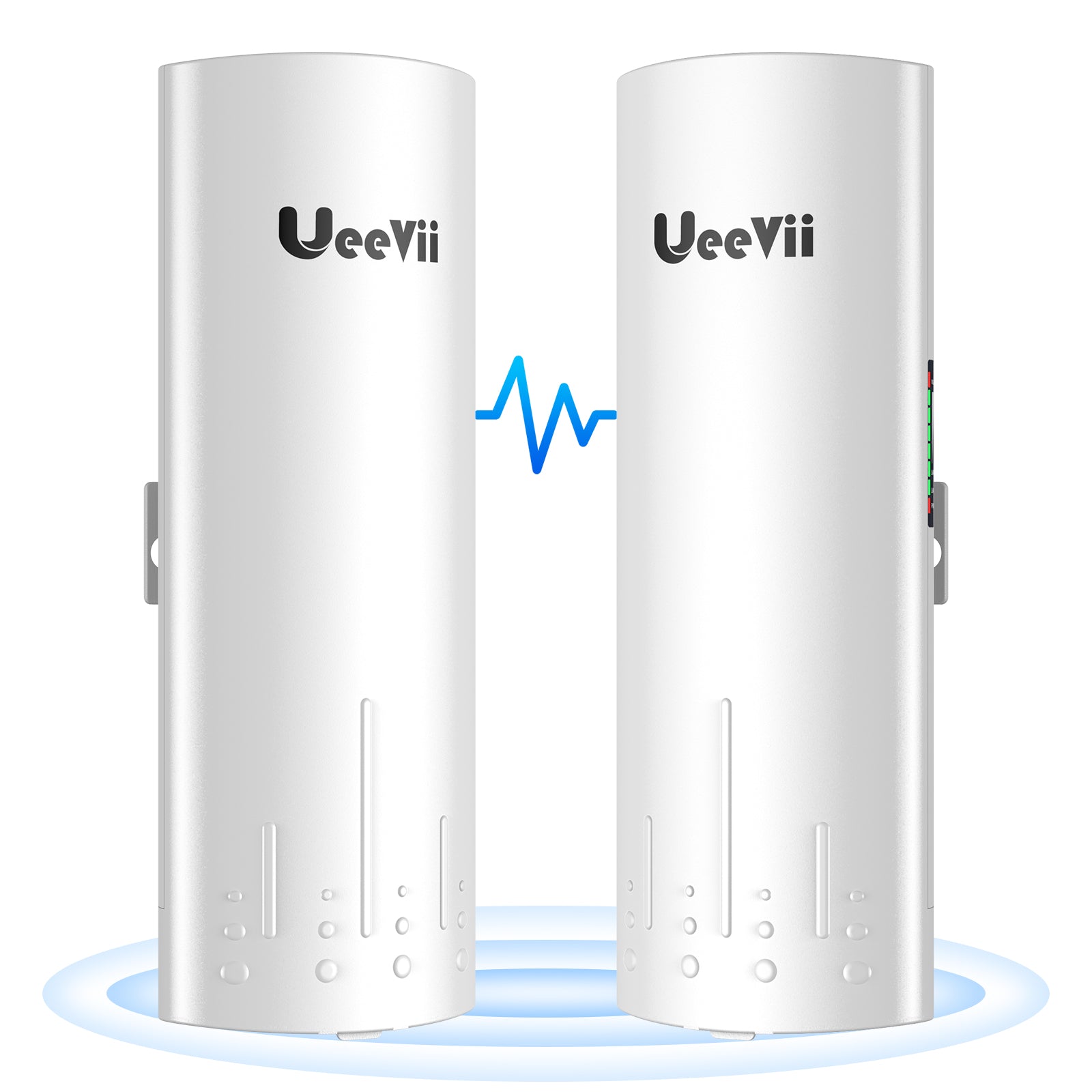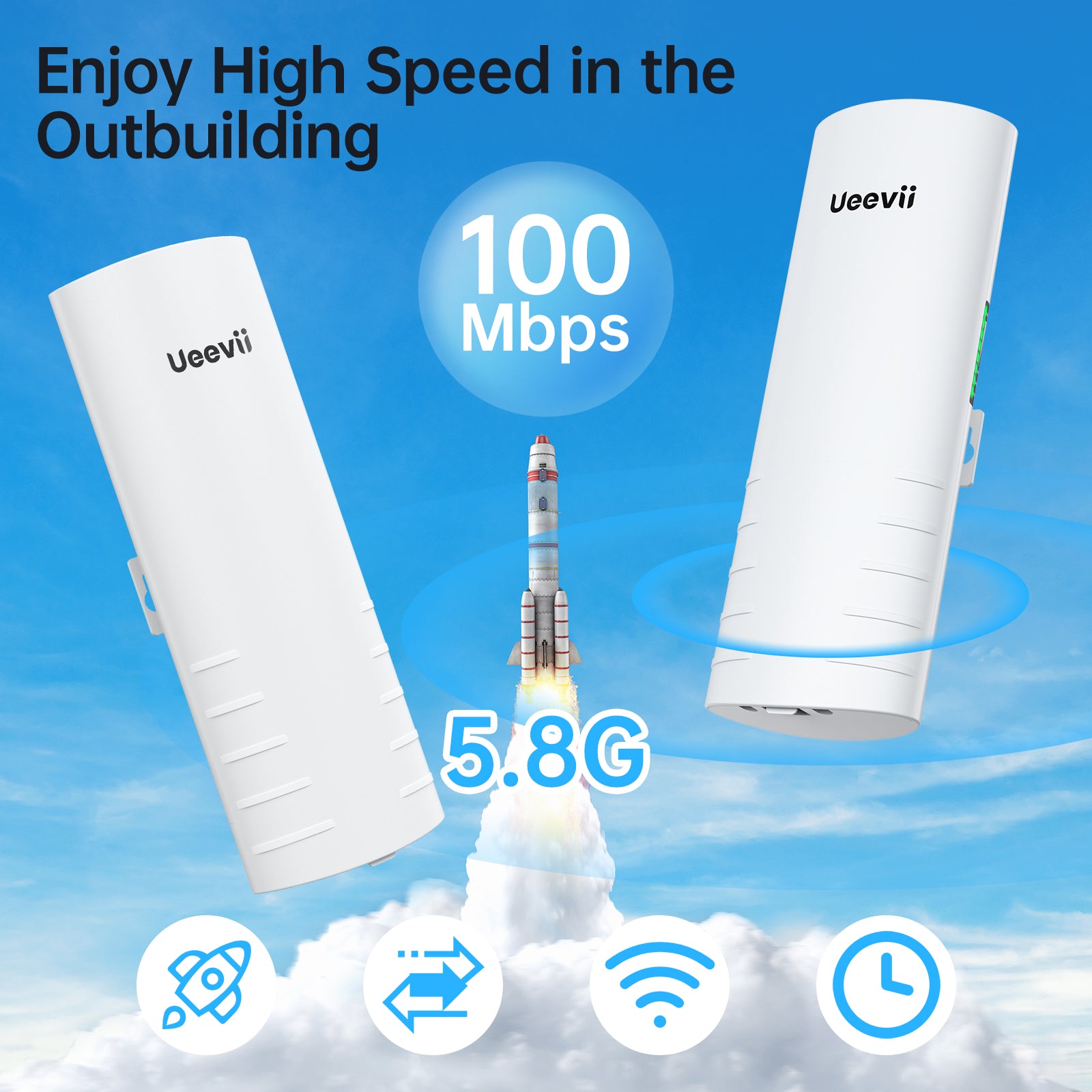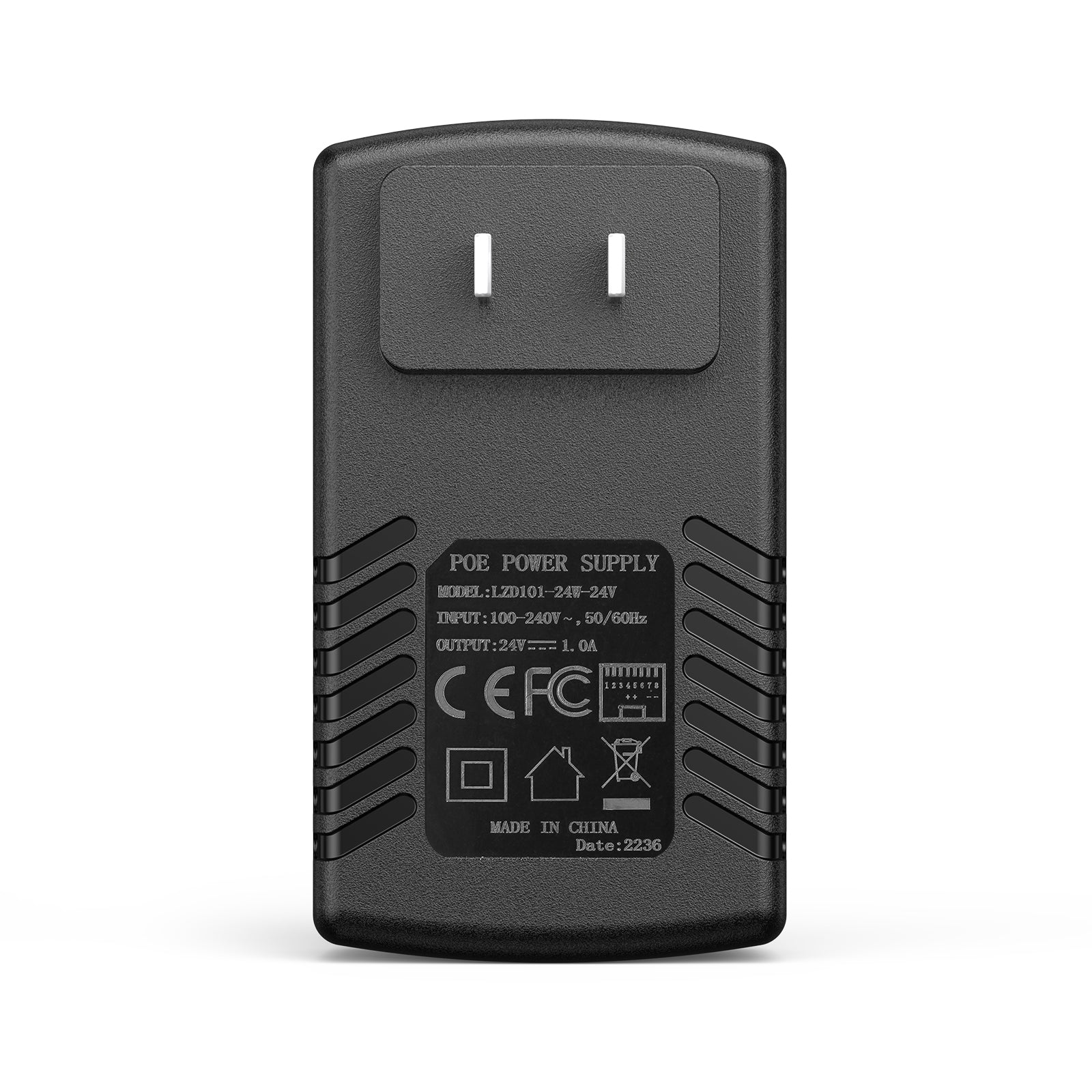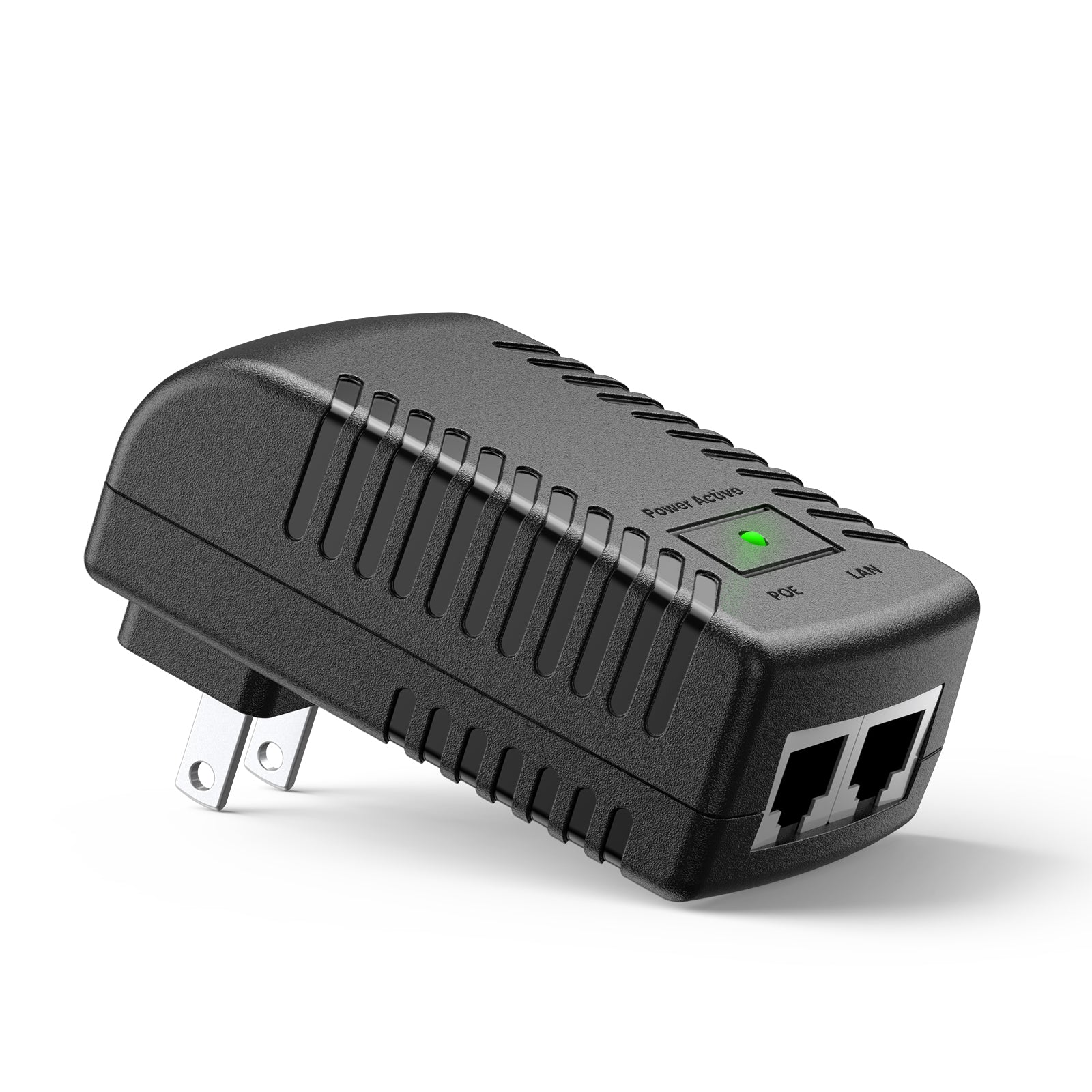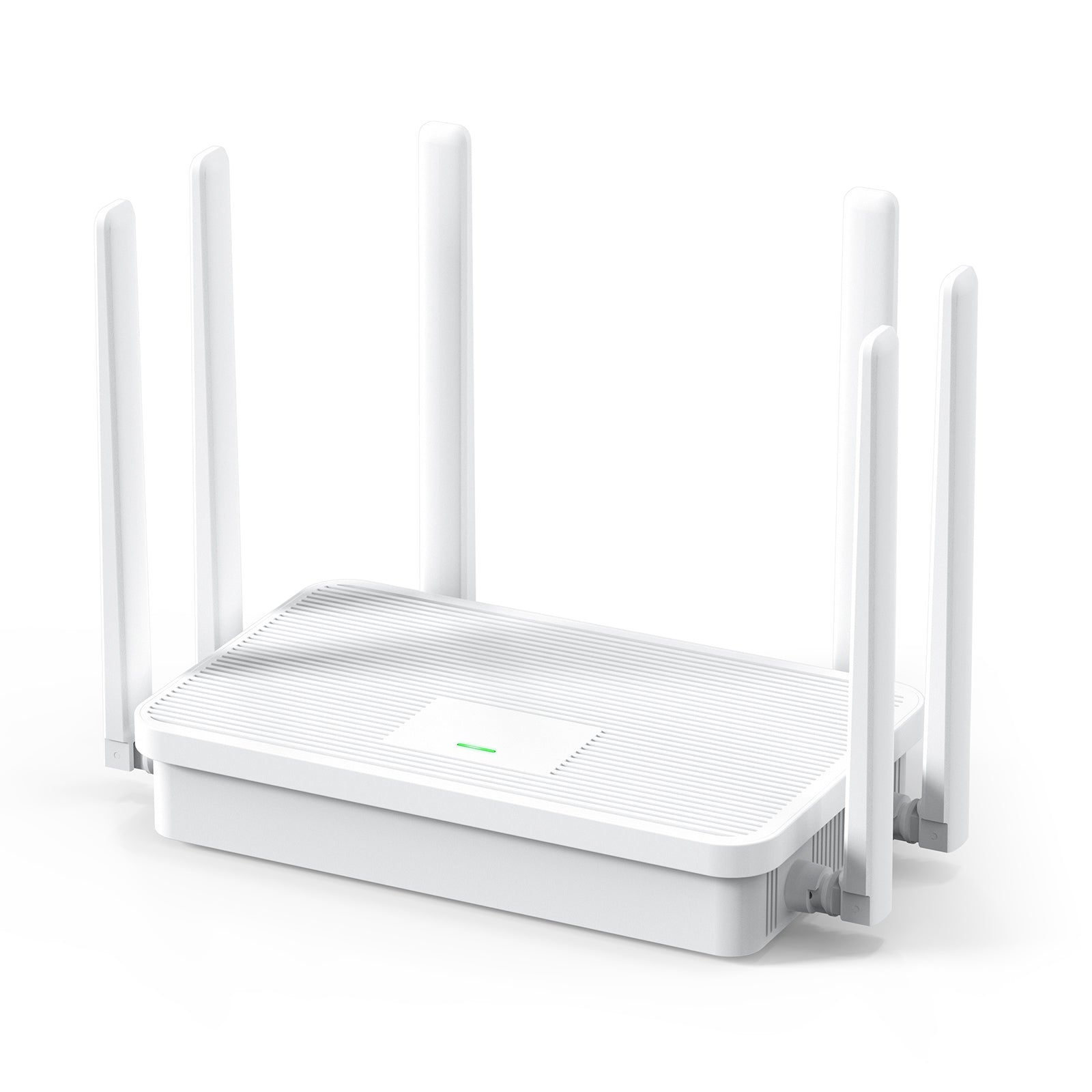The Rise of Wireless Bridges: A Game Changer for U.S. Connectivity
Understanding the Technology Behind Wireless Bridges
Wireless bridges are key in the U.S. for linking networks. They work over radio frequencies. These devices connect places without cables. No need for drilling or laying down wires. This tech uses antennas to send and get data. Signals can travel long distance. Trees and buildings can affect it. The tech supports high-speed internet links. It's used in homes and businesses a lot. Good for places where cables can't go. It helps to share internet across spaces. It makes remote work easier. Wireless bridges are changing how we connect.

Benefits of Wireless Bridges to Consumers and Businesses
Wireless bridges bring big gains to users and firms in the U.S. They give fast, stable connections with no wires. This boosts online tasks for homes and offices. Costs fall as no cables mean less spend on setup and upkeep. Firms find it easy to link remote sites, and data flows quick, safe, and clear. Homes enjoy smooth streaming and web use, minus the clutter of cords. For both, the tech offers freedom to link devices across spaces with no fuss. This wireless shift marks a step up in how we connect and work.
The Impact of Wireless Bridges on Infrastructure Development
Wireless bridges are changing U.S. networks. They link distant places without cables. This tech helps cities and rural areas. It boosts internet speeds and lets more folks get online. Wireless bridges cut costs for big projects. They can link cameras, lights, and other stuff. This means safer streets and smarter cities. Good for schools and hospitals too. They get reliable internet with less hassle. But this tech is just starting. It will do more as it grows. It's a big step for the country's networks.
Plug and Play: How Wireless Bridges Simplify Setup
The DIY Approach: Consumer Installation Stories
People love that wireless bridges are easy to set up. Many don't need experts to help. Happy users share stories online. They explain how they did it themselves. Instructions were clear, even for non-techies. Folks enjoy the no-wires, quick install. Some had it working in minutes. They say it's super simple and reliable. Users are glad they can do it alone.
Professional Installation: Stories from the Field
Wireless bridges are making network setups easier. Experts in the field share their stories below:
- A tech team in Texas installed a bridge in one hour, linking two school buildings.
- In California, pros set up a bridge for a farm. Now, they have fast internet in the barn.
- A New York business connected to a distant warehouse with no wires. It took a morning.
These stories show the ease of installing wireless bridges. Users rave about the quick setup.
The Ease of Use: Testimonials from Tech Novices
Wireless bridges have made setup easy for everyone. Even those new to tech can get started quickly. Tech novices often praise how they no longer fear network tasks. Many share stories of smooth setup without needing expert help. Users talk about clear instructions and simple steps. They enjoy being able to connect devices across spaces. With a plug and play bridge, there's no need for complex wiring. It's as easy as plugging in a toaster, they say. Such ease encourages more people to use wireless tech at home or work.
Looking to the Future: Trends and Predictions in Wireless Bridging
Anticipating Changes in Consumer and Business Connectivity Needs
Wireless bridges are set to meet evolving demands. Both homes and businesses need faster speeds and longer range. Connectivity has to be seamless for more devices. Data usage is also growing fast. People want smart homes and offices. This means bridges must handle more tech. They also need to be secure. Hacking and data leaks worry everyone. So, encryption will be key. AI could help manage networks too. This tech is always changing. But one thing’s for sure: Our need for reliable wireless will only get bigger.
Innovations on the Horizon: What's Next for Wireless Bridges?
As we gaze into the tech crystal ball, the future looks exciting for wireless bridges. Expect advancements that push the limits of speed and range. And, look out for more user-friendly features. Also, the market might welcome sleeker designs that fit any setting. Keep an eye out for the rise of AI in managing network issues too. And let's not forget the big goal: seamless, global connectivity. In short, the horizon is packed with promise.
Environmental and Economic Implications of Wireless Network Expansion
As wireless bridge technology grows, we must look at how it affects us all. One major impact is on the environment. With fewer cables, there's less need to dig up the land. This means fewer disruptions to ecosystems. Also, less material is used, which helps reduce waste. But there's more to it. Wireless systems use energy. As they become more common, we must make sure they are efficient. This will help keep our planet green.
Economic effects are also key to consider. Wireless bridges can cut costs. They make setups easier and faster. This saves money for businesses and users. Plus, new jobs appear as this tech moves forward. But there are challenges. We must ensure these systems are secure and equal for all. This way, economic benefits can reach everyone. As we look ahead, we should weigh both the good and the challenges of wireless network growth.





